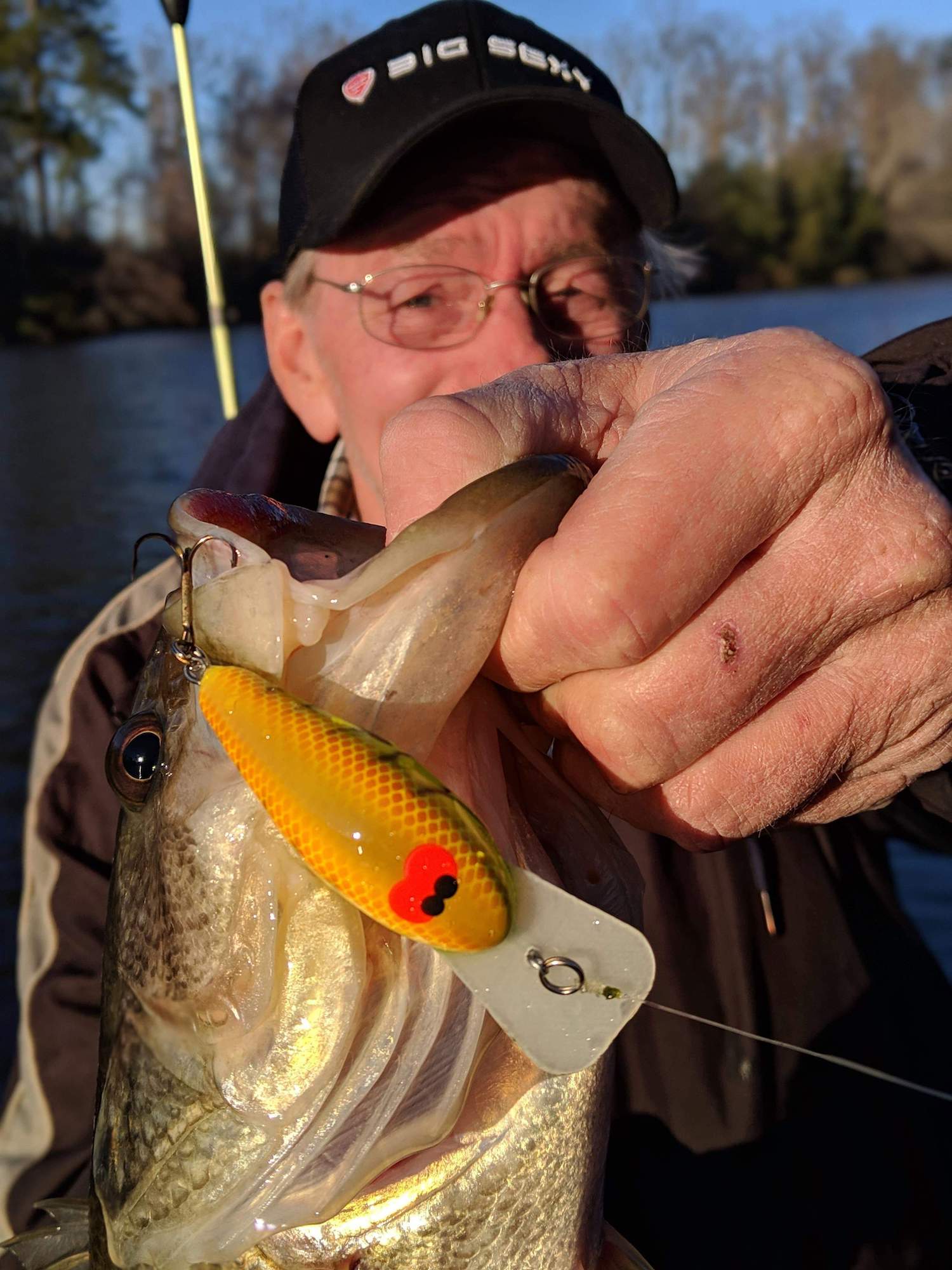Old Style is New Again
The Jaw Jacker Balsa Crankbait
by Bruce Callis Jr
[print_link]
Crankbaits are some of the best lures to catch bass, and especially big bass. But what makes a good crankbait? The paint scheme? The hooks? The lip? Or what it is made of? Actually, it is a combination of a lot of things. The main thing is the body and what it is made of, for different design shapes and materials create the action of the bait.
Prior to the introduction of fishing lures made from balsa, baits were made from hardwoods. They worked great and were durable, but they lacked the desired life-like swimming action. And then came balsa wood and lures took on a new life.

Balsa wood comes from the very fast growing balsa tree which is grown almost exclusively within the rain forests of South America. It is a super light softwood that has very low moisture content and proves tremendous buoyancy in water. While this is in many ways a perfect material to replicate the authentic action of bait fish, it also requires the lure be weighted or combined with other hardwood strips to provide stability of flotation and enhanced durability so that the lure can be easily casted.
I attended the East Tennessee Fishing Show and got to meet Rob Cochran of Jaw Jacker Lures. They are handcrafted using only the finest components, such as AAA Balsa, Lexan and Circuit Board for their lips and bodies. He explained the difference in balsa baits to hard plastics and how balsa baits can outshine all others at times. Their unique ability to back up quickly can produce some bone crushing strikes and help the bait work in and through laydowns much easier. He also explained that balsa baits are also a little more fragile than plastic baits, so do not smack them off the water to try to clean off grass or slime. Doing so could result in breaking the bill off the crankbait or even splitting the body itself. The rounded body baits are the shallowest running while the flat sided baits tend to run the deepest.
With all this in mind, I gave them a real workout, putting them through some of the best test, and sometimes worse fishing conditions. I through them downed wood, hitting and deflecting off so many limbs, and allowing the bait to back up when I got it hung. I put it in the rocks, bouncing back off them, and let the bait do its best action. I only managed to get hung up twice, both times in some thick brush I probably shouldn’t have been in with a crankbait, but also knowing it is something bass probably hadn’t seen before there.
I never had to tune the baits during my testing, as they ran true and straight, but I had my needle-nose pliers ready to adjust or tune them by making a slight bend of the eyelet to the right or left just a fraction of an inch. If it runs to the left, bend it ever so slightly to the right and if it runs to the right, bend to the left. Remember to take your time and make small adjustments, even if it means doing it multiple times.
Jaw Jacker Lures is a family owned company, founded in 1990, that builds custom handmade balsa lures for a variety of fisherman all over the world and strive to build the best lure that can be produced, You can find them on Facebook at Jawjacker handmade balsa crankbaits, www.JawJackerLures.com or by calling them at 865-986-9871.
I had never given it much thought, thinking that crankbaits were all the same material wise and that the new plastic versions were the best. But getting reintroduced to balsa reopened my eyes to see that there is a place for both in my tackle box. There is a time and a place for both. Now to get back on the water and get some hawgs! Tight lines and happy fishing!



